|
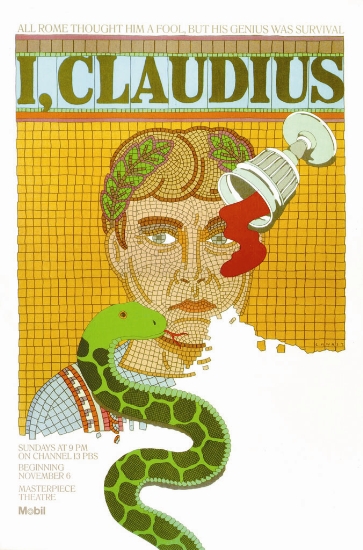

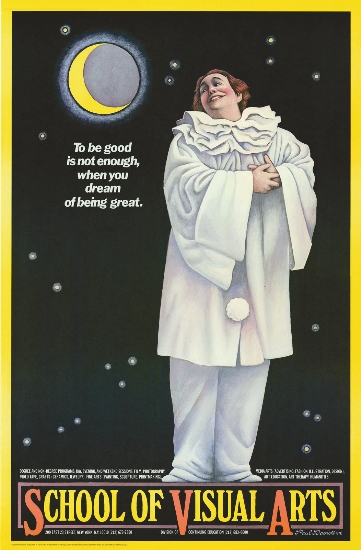
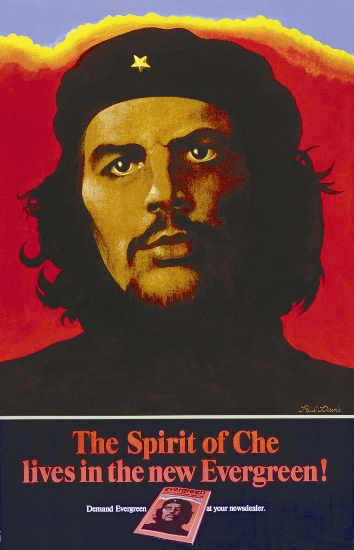
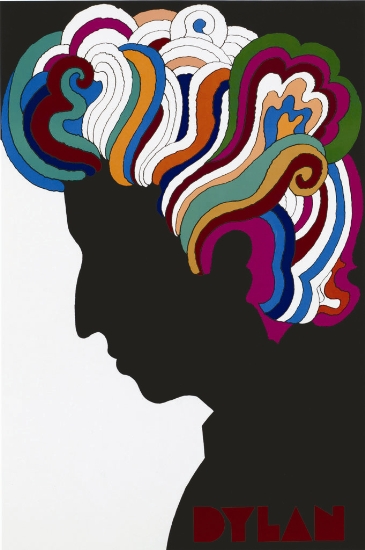
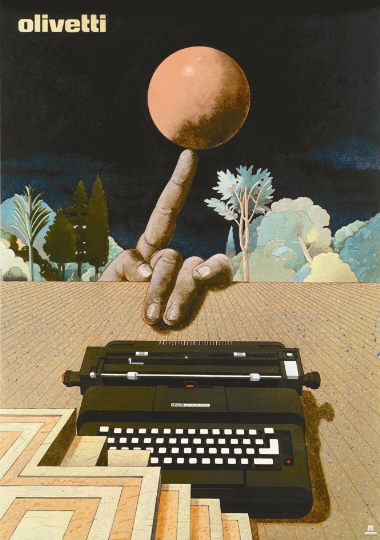
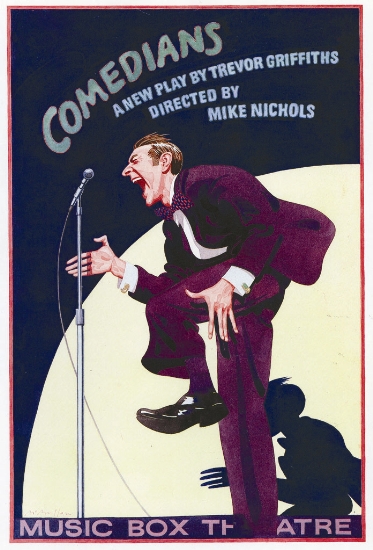
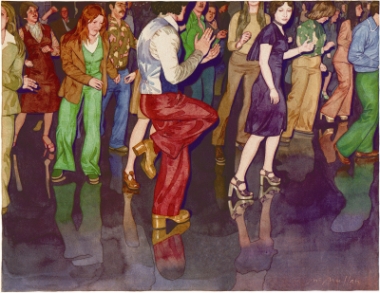
Newman Huo
AMERICAN graphic designer and illustrator Milton Glaser created his most famous poster image with his Bob Dylan illustration for Columbia Records in 1967. The image was based on a self-portrait by French artist Marcel Duchamp whose work is most often associated with the Dadaist and Surrealist movements.
The poster’s notoriety stems from the fact that 6 million were distributed as the cover of his “Greatest Hits” album for Columbia. This Bob Dylan poster is now being displayed at the Push Pin Paradigm Exhibition at The OCT Art & Design Gallery in Overseas Chinese Town, Nanshan District, through Aug. 5.
Bringing together roughly 200 carefully selected posters, original artwork, magazines and books, the show looks at how the four main members of Push Pin Studio, including Seymour Chwast, Milton Glaser, Paul Davis, and James McMullan, were influenced by the studio itself, and the paths each man followed after going their separate ways.
The core of the exhibit comes from the golden age of New York design, around the 1960s, a time when the concept of modernity and mainstream culture were vigorously challenged.
Push Pin Studio was one of the 20th century’s most influential design groups. It is no exaggeration to say that Push Pin Studio was to illustration and design what The Beatles were to music.
Established in the 1950s by Chwast, Edward Sorel, Glaser, and other students from the Cooper Union School of Art, the group immediately made a name for itself, sparking the global Push Pin phenomenon.
After graduating from Cooper Union, Chwast and Sorel worked for a short time at Esquire magazine. Both were fired on the same day. Joining forces to form an art studio, they called it “Push Pin” after a mailing piece, “The Push Pin Almanack,” which they self-published during their time at Esquire.
Chwast and Sorel used their unemployment checks to rent a flat without hot running water on East 17th Street in Manhattan. A few months later, Glaser returned from a Fulbright Fellowship year in Italy and joined the studio.
The bi-monthly publication The Push Pin Graphic was a product of their collaboration. A distinct quality of Push Pin’s early illustration work was a “bulgy” three-dimensional line.
Sorel left Push Pin in 1956, the same day the studio moved into a much nicer space on East 57th Street. For 20 years Glaser and Chwast directed Push Pin, while it became a guiding reference in the world of graphic design.
Born in New York in 1931, Chwast reintroduced graphic style and transformed it into a contemporary vocabulary. His designs and illustrations have been used in advertising, animated films, and editorial, corporate, and environmental graphics. He has created over 100 posters and designed and illustrated more than 30 children’s books.
Museums such as the Museum of Modern Art and the Library of Congress have collected his posters. He has lectured and exhibited worldwide and is in the Art Directors Hall of Fame. Today, Chwast is principal of The Pushpin Group, Inc.
Born in New York in 1929, Glaser left Push Pin Studio and opened Milton Glaser, Inc. in 1974, and continues to produce a prolific amount of work in many fields of design to this day.
He has had one-man shows at the Museum of Modern Art and the Georges Pompidou Center.
In 2004, he was selected for the lifetime achievement award by the Cooper Hewitt National Design Museum. Then in 2010, he was the first graphic designer to receive the National Medal of Arts.
Although Paul Davis was not among the first wave of the revolution, he was swept up by it and soon contributed to the epoch.
Born in Oklahoma in 1938, Davis joined Push Pin Studio in 1959, and struck out on his own in 1963.
By the early 1960s, he had developed a distinct visual persona which, owing to a unique confluence of primitive and folk arts, brought a fresh new American look to illustration. In a relatively short time he was among the most prolific new illustrators, and his style had a staggering impact. Yet by the late 1960s, during a period of personal success, he was no longer content to simply repeat his triumphs. Change and surprise have been Davis’s trademark.
A decade ago, Davis’ voice was heard primarily through his illustration and posters. Today he is the principal of a small graphic design studio located in a downtown New York loft which he runs with his writer and editor wife, Myrna.
Davis and his wife were invited to attend the exhibition’s opening ceremony in Shenzhen Saturday.
Born in Qingdao, Shandong Province, McMullan joined Push Pin Studio in 1966 and went freelance in 1969.
He is an internationally acclaimed artist who has done more than 40 posters for Lincoln Center Theater. He has also created illustrations for every major American magazine including New York Magazine for which he painted the “Brooklyn Disco” which became the visual inspiration for the movie “Saturday Night Fever.”
With his wife Kate, he has created many award-winning children’s books. His work is represented in the Triton Gallery in New York.
Dates: Through Aug. 5
Hours: 10 a.m.-5:30 p.m. Closed Monday
Add: The OCT Art & Design Gallery, Overseas Chinese Town (深圳华侨城华·美术馆)
Buses: 21, 26, 32, 54, 59, 101, 105, 109, 121, 204, 209, 223, 234, 327, 328, 350, 370, 390
Metro: OCT Station (华侨城站), Exit C
|

